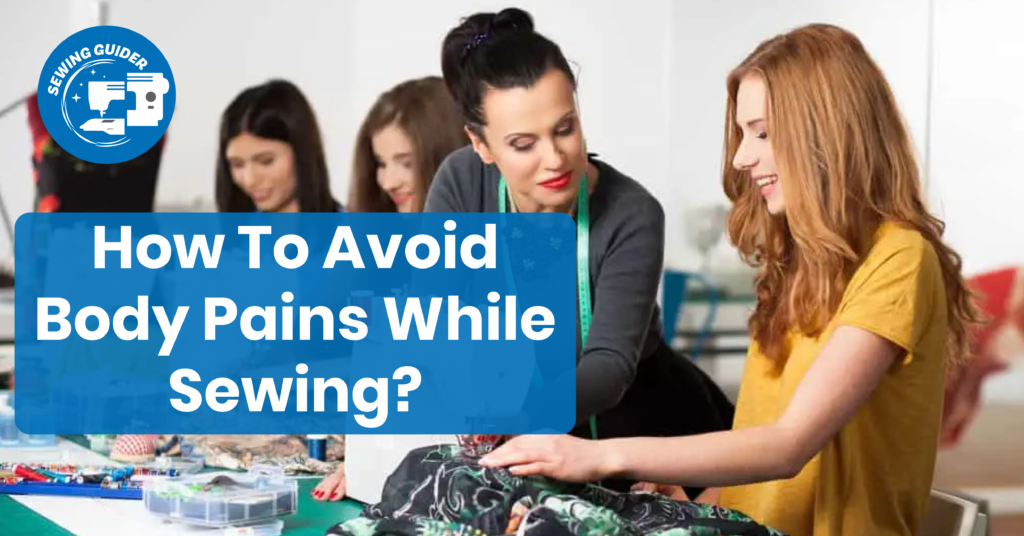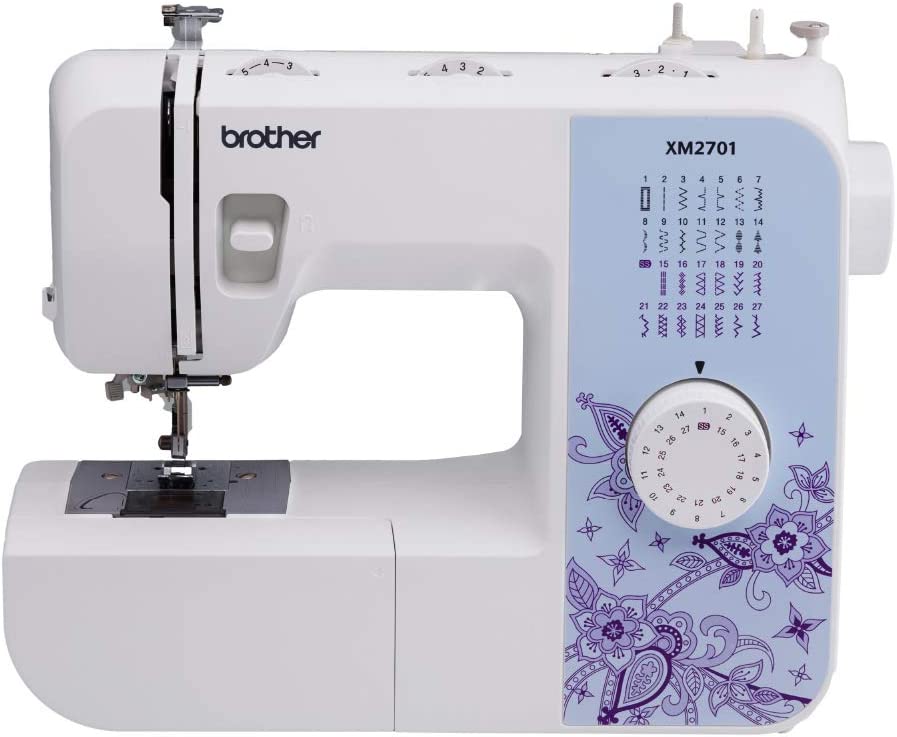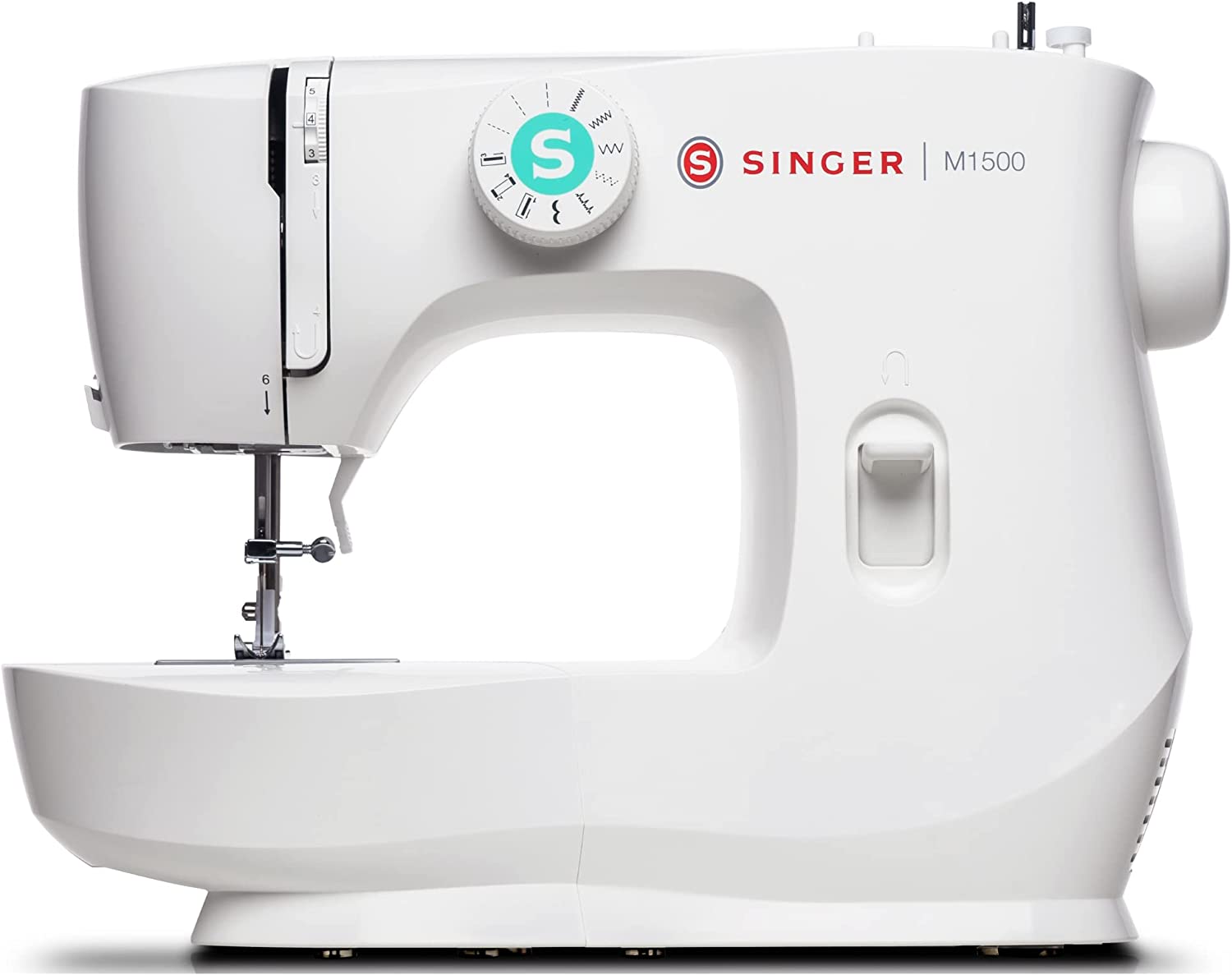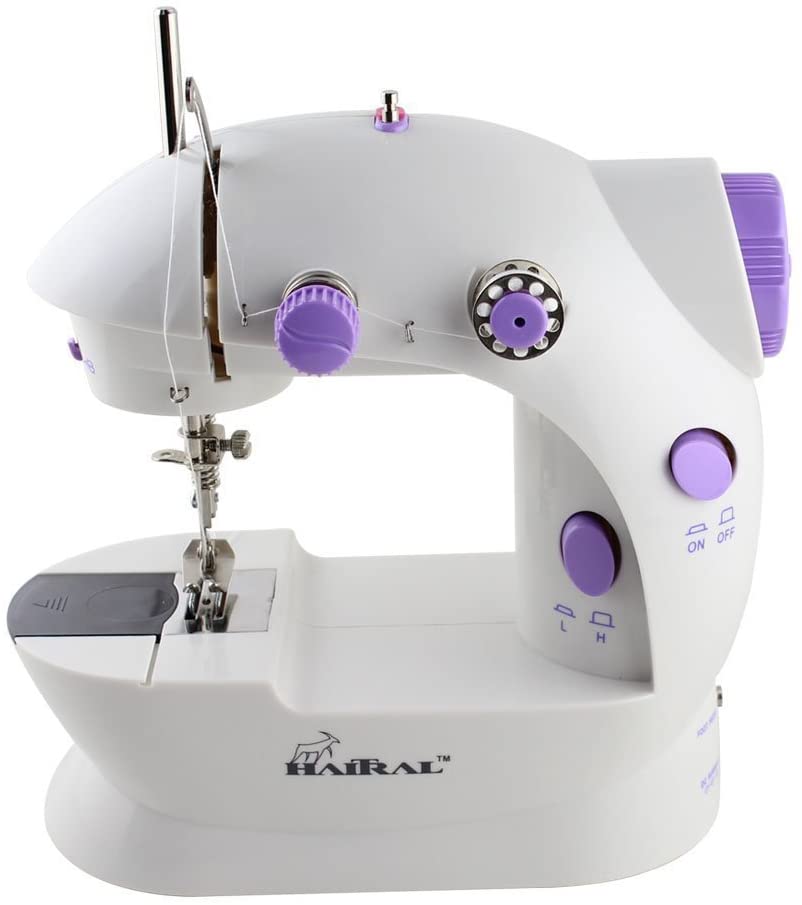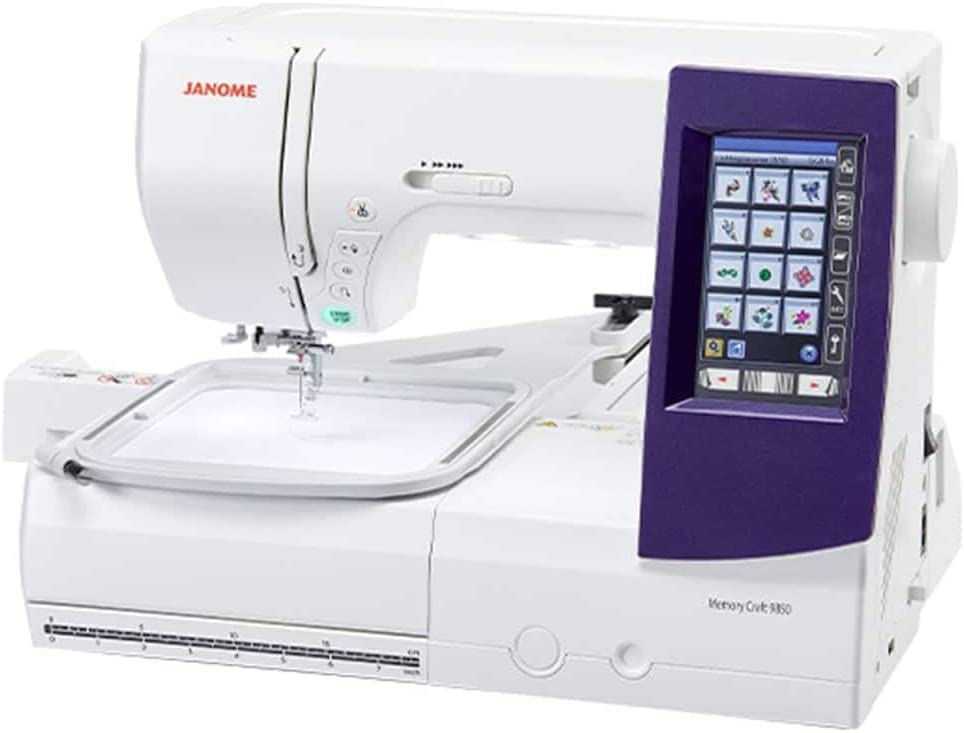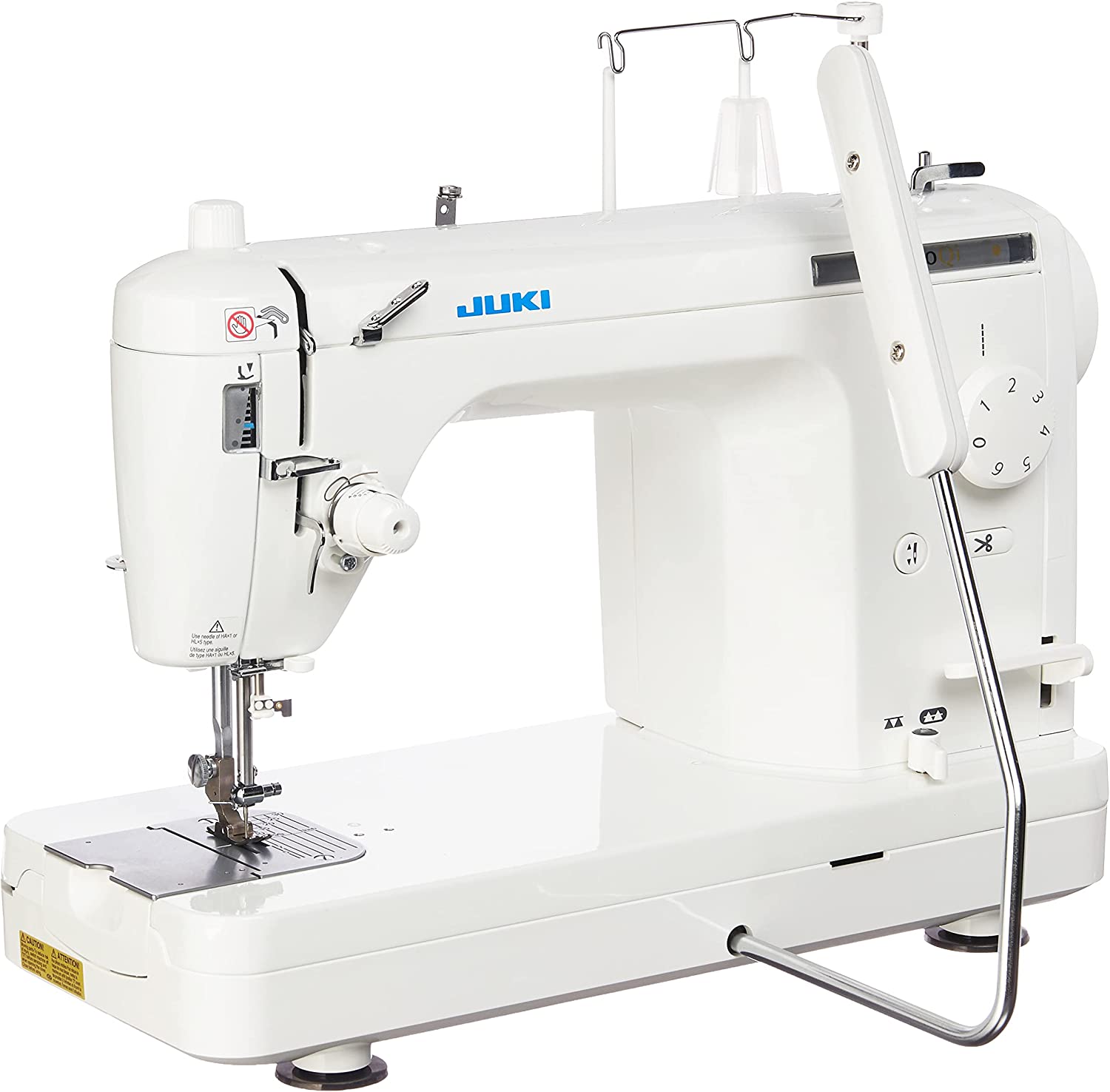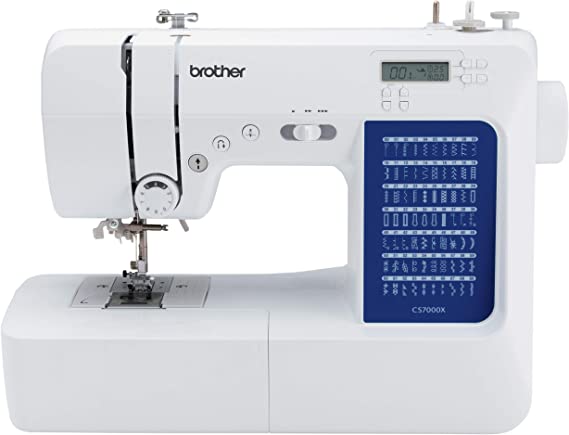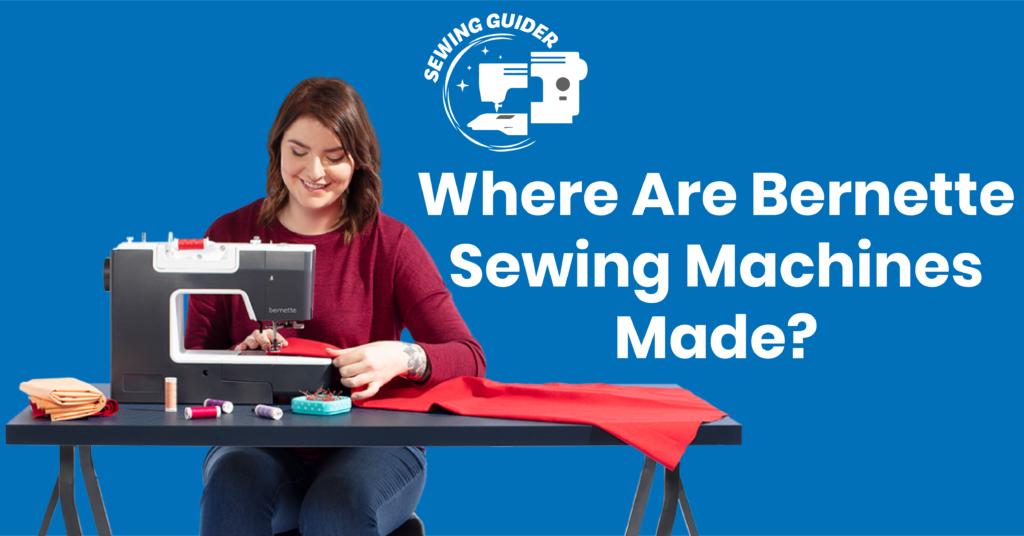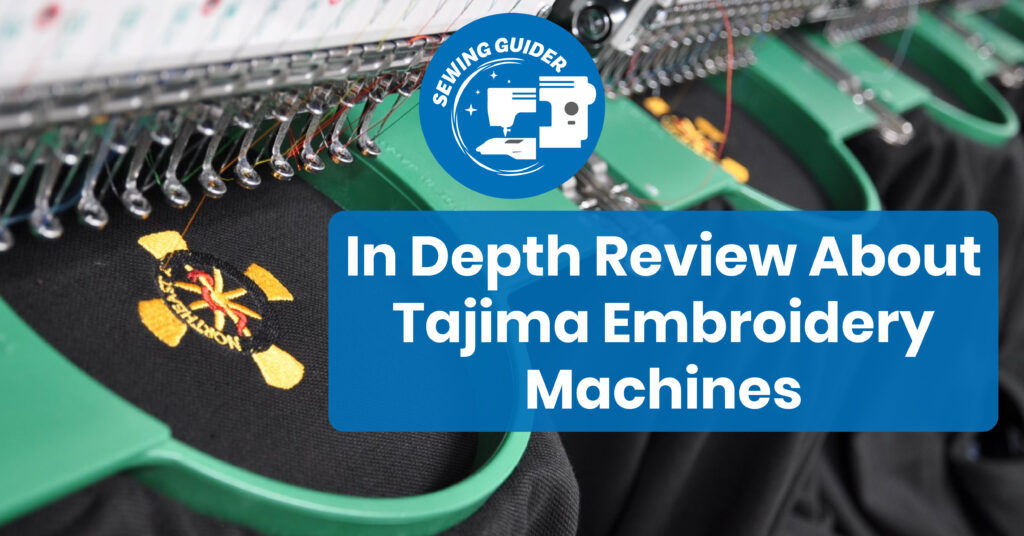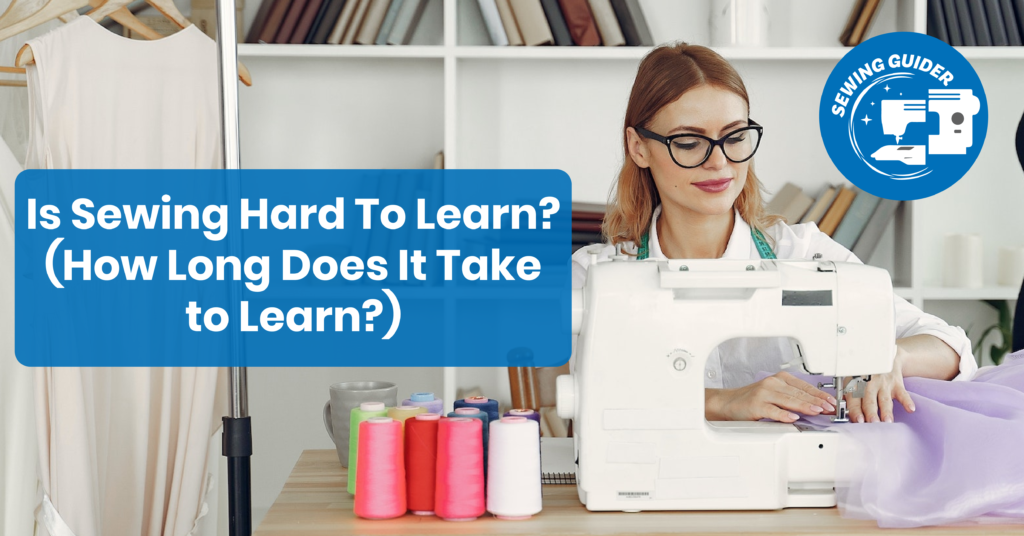In this blog, you will learn how to avoid body pains while sewing? Sewing is a beloved hobby and creative outlet for many people, but it can also be a source of body pains and discomfort if proper precautions are not taken. Whether you are a seasoned sewer or just starting, it is important to understand the causes of body pains while sewing and take steps to prevent them. This information can help you continue to enjoy your passion for sewing without sacrificing your health and well-being. However, it can be physically demanding, with many potential sources of pain and discomfort. From the repetitive motions involved in using the machine and cutting fabric to the strain of sitting in an uncomfortable chair for long periods of time, sewing can take a toll on your body if you’re not careful. Additionally, many people do not realize the impact of poor posture and lighting on their bodies, further exacerbating the problem.
Here Are The Top 7 Best Comfortable Sewing Machines
Understanding The Causes Of Body Pains While Sewing
Ignoring these potential sources of pain and discomfort can result in chronic problems and limit your ability to sew. In some cases, it can even lead to permanent injury. By taking the time to understand the causes of body pains while sewing and taking steps to prevent them, you can continue to enjoy your passion for sewing for years to come. Whether you are an experienced sewer or just starting, this information can help you maintain your health and well-being while you create beautiful projects.
Poor Posture:
Poor posture is one of the most common causes of body pain while sewing. Sitting in an awkward position for long periods v and eye strain. Improper posture can also cause stress and tension in the arms, wrists, and hands, leading to repetitive motion injuries such as carpal tunnel syndrome.
Repetitive Motions:
The repetitive motions involved in sewing, such as pressing the foot pedal and cutting fabric, can also lead to body pain. These repetitive motions can cause stress and strain on the joints, muscles, and tendons, leading to conditions such as tennis elbow, golfer’s elbow, and tendonitis.
Uncomfortable Seating:
Sitting in an uncomfortable chair for long periods of time can also lead to body pain. A chair that is too hard, too soft, or has inadequate support can cause discomfort and strain on the back, neck, and hips. This can also result in poor posture and an increased risk of repetitive motion injuries. By understanding the causes of body pains while sewing, you can take steps to prevent them and continue to enjoy your passion for sewing without sacrificing your health and well-being. In the next section, we will discuss the best posture for sewing and how to reduce repetitive motion injuries.
Best Posture For Sewing

Correct Posture For Sitting:
The best sewing posture is sitting with your back straight; shoulders relaxed, and feet flat on the floor. This will help to reduce the risk of neck, back, and shoulder pain, as well as eye strain and headaches. Additionally, it is important to keep your sewing machine at a comfortable height and distance from your body to reduce the risk of repetitive motion injuries and eye strain.
Importance Of Having A Comfortable Chair:
Having a comfortable chair is also essential for maintaining good posture while sewing. Look for a chair with good lumbar support and adjustable height and backrest. A chair with a swivel base can also be helpful, allowing you to easily move and adjust your position while you sew.
Proper Positioning Of The Sewing Machine:
It is also important to position your sewing machine correctly. The machine should be at a comfortable height and distance from your body, allowing you to reach the controls and see your work easily without strain or hunch over. Consider using a machine-specific table or desk to maintain the proper height and distance, and invest in an adjustable chair if necessary.
Reducing Repetitive Motion Injuries
Taking Frequent Breaks:
One of the best ways to reduce the risk of repetitive motion injuries is to take frequent breaks. This will allow your body to rest and recover from the repetitive motions involved in sewing. Stand up, stretch, move around every 20-30 minutes, and take a longer break every hour or two. This can help reduce stress and strain on the joints, muscles, and tendons.
Stretching Exercises:
Incorporating stretching exercises into your sewing routine can also help to reduce the risk of repetitive motion injuries. Focus on stretching your arms, hands, neck, and back, and perform these stretches before and after sewing. Simple stretches such as wrist flexion/extension, shoulder rotations, and neck rolls can be performed easily while seated at your sewing machine.
Modifying Your Technique:
Modifying your technique can also help to reduce the risk of repetitive motion injuries. Avoid overuse of the foot pedal, and try to use the machine’s speed control instead. Additionally, use a rotary cutter rather than scissors to cut fabric, as this motion is less repetitive and puts less strain on your hands and wrists.
Using Ergonomic Tools:
Investing in ergonomic tools can also help to reduce the risk of repetitive motion injuries. Look for rotary cutters, scissors, and other tools designed to reduce strain and stress on the hands and wrists. Additionally, consider using an ergonomic foot pedal, which will allow you to control the speed of the machine with less strain on your feet and legs.
Proper Lighting And Seating
Importance Of Proper Lighting:
Proper lighting is essential for reducing eye strain and headaches while sewing. A well-lit sewing area will allow you to see your work clearly, reducing the risk of eye strain and headaches. Look for a bright, adjustable light that you can position to shine directly on your work surface. Natural light is also ideal, so position your sewing area near a window if possible.
Avoiding Glare:
It is also important to avoid glare while sewing. Glare can cause eye strain and headaches and make it difficult to see your work Consider using a glare-reduction screen or shading the window with blinds or curtains to reduce glare.
Importance Of Proper Seating:
Proper seating is also essential for reducing body pains while sewing. A comfortable, supportive chair that allows you to maintain good posture can help to reduce the risk of neck, back, and shoulder pain. Additionally, ensure your chair is adjustable to find the most comfortable and supportive position for your body. By improving your lighting and seating, you can further reduce the risk of body pains while sewing and continue to enjoy your passion for years to come
Top 12 Tips How To Avoid Body Pains While Sewing?
How to get rid of these pains? There are also some helpful tips on how to recover quickly after sewing.
- Take a break
- Exercise early in the day to get rid of excess pain
- Actively stretch after every stitching
- Leaving the machine running while not using it
- Try using a footstool or higher chair
- Use an ergonomic chair
- Proper posture
- Remove distractions
- Machine table balance and level
- Pinching fingers
- Use pins instead of nails
- Remove thread from hand sometimes
Conclusion
Sewing is a beautiful and rewarding hobby, but it’s essential to prioritize your health while engaging in it. By following the tips outlined in this blog, you can reduce the risk of body pains and continue to enjoy your passion for years to come. Remember, caring for your body is key to a long, fulfilling sewing life. Incorporating these tips and techniques into your sewing routine can help you avoid body pains, stay comfortable, and enjoy your passion for sewing. In this blog, we discussed the importance of avoiding body pains while sewing and provided tips and techniques for reducing the risk of repetitive motion injuries and discomfort. We talked about taking frequent breaks, stretching, modifying your technique, using ergonomic tools, proper lighting and seating, and maintaining good posture.
FAQ About Avoiding Different Pains While Using Sewing
What can I do to avoid needle prick injuries?
If you are having problems with needle pricks while sewing, try a thimble. Thimbles protect your fingertips while sewing as they act as cushions between the material and your fingertip.
How do I stop my fingers from hurting when I sew?
If your fingers are hurting, the first thing you should do is relax. If the pain continues after you have relaxed your fingers, there may be something wrong with the way that you hold your sewing machine.
Does sewing hurt your hands?
Yes, sewing can hurt your hands. If you notice that your hands are in pain while sewing, it could be one of the following: you may have stayed on your hand too long while working, you may have worked with improper tension which led to hand fatigue, or you may have strained your fingers while sewing. Try to take a break if your hands become sore.
How long does it take for shoulder pain to go away?
The shoulder pain can be very dangerous, so it will take a while for it to go away. Usually, shoulder pain can last for 1 to 2 years. If you continue to sew using the shoulder pain, you could continue to hurt yourself. Make sure you do not overdo it because the shoulder pain can come back at any time.

